by Ken Lain, the mountain gardener
October is famous for its autumn colors, and some mountain plants show their bright hues better than others. I took this photo of a group of my favorite fall companion plants. I think they are the best plants for October colors in our area. From the tree down to bottom of the grouping, you see Prescott Blaze Maple, Red Wall Virginia Creeper, Compact Burning Bush, Fox Red Sedge, mums, and kale. Each is coming into its autumn colors right now.
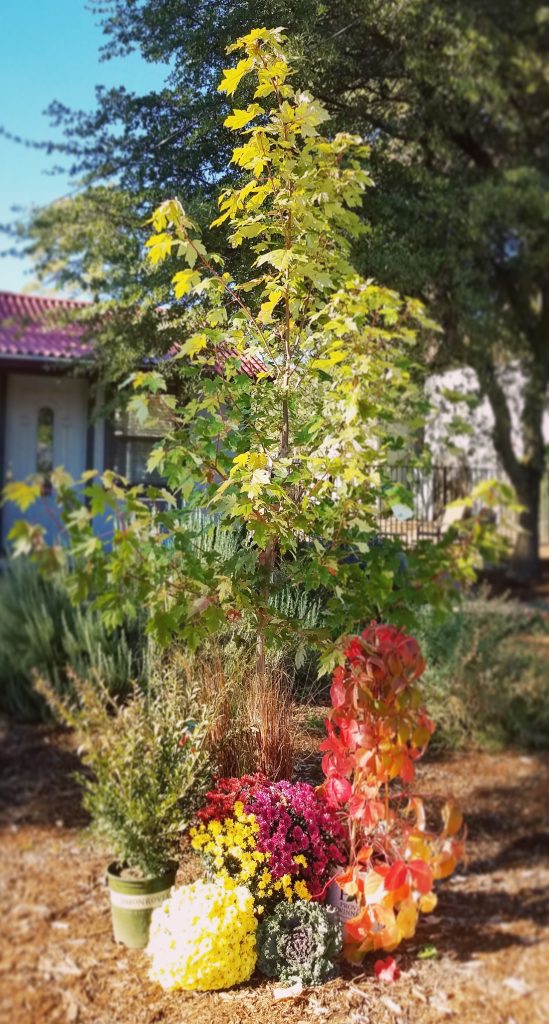
Autumn is the season of transition from summer gardens to winter-blooming flowers, and the planting of vegetables harvested through the end of the year. However, if you are a gardener whose summer efforts have failed to meet the expectations you had for your garden, you may not want to consider extending your sad summer run! But, take heart…….
If your gardens have struggled, their soils probably are the culprits.
The ideal garden soil has the right texture, composition, drainage, acidity, and mineral density. Determine any faults of your gardens’ soils, correct those faults, and any plants in the proper soil will want to grow heartily, no matter the season. Get this balance of desirable traits even close to ideal, and your gardening successes will increase noticeably. Guaranteed!
Here are four easy DIY tests for the average homeowner to make a garden’s soil assessment:
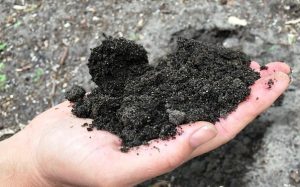
Squeeze Test – One of the most fundamental characteristics of soil is its composition.
To determine your soil type, take a handful of moist soil from your garden, and give it a firm squeeze. Then, open your hand. One of three things will happen:
1 – It holds its shape, and when you give it a light poke, it crumbles. This means you have the perfect rich loam.
2 – It holds its shape, and when poked sits stubbornly in your hand. This means you have clay soil, and not ideal for optimal growing conditions.
3 – It falls apart as soon as you open your hand. This means you have sandy soil that needs amending with more Barnyard Manure or Premium Mulch.
Once you know what soil type you have, you can work to improve it.
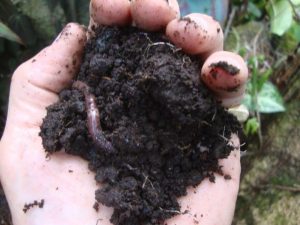
Worm Test – Worms are significant indicators of the health of garden soil, especially concerning biological activity. If you have earthworms, the chances are you also have all of the beneficial microbes and bacteria that make for healthy soil and vigorous plants. To do a worm test:
1 – Be sure the soil has warmed to at least 55 degrees and is somewhat moist.
2 – Dig a hole one foot, by one foot, by one foot deep. Place the soil on a tarp or a piece of cardboard.
3 – Sift your soil as you place it back into the hole, counting the earthworms as you go along.
If you find at least ten worms, your soil is considered good. Less than that indicates there isn’t enough organic matter in your soil to support a healthy worm population, or your soil is too toxic, acidic, or alkaline to support worm and/or plant life.
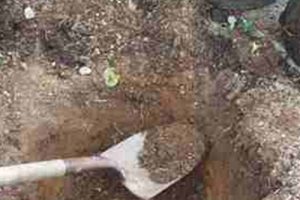
You should know if your garden soil has drainage problems or not. Culinary herbs and most native plants die if their soil is soggy. To test your soil’s drainage:
1 – Dig a hole one foot, by one foot, by one foot deep.
2 – Fill the test hole with water and let it drain completely.
3 – Fill the hole a second time with water.
4 – Now, if the water takes more than four hours to drain away completely, you have poor drainage and, consequently, soil that will make gardening difficult.
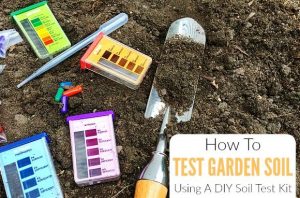
pH Test – A soil’s pH is measured on a scale of 0 – 14, with zero being very acidic and fourteen being very alkaline. The pH or acidity level of your soil dictates how well your plants will grow. Most plants grow best in soil with a neutral pH between 6 – 7.
When the pH level is lower than five or higher than eight, plants won’t grow as you expect.
We carry pH test kits here at Watters Garden Center. Once you know your soil’s pH, you’ll know if you have a problem that requires attention.
These four tests are simple, inexpensive, and dependable in identifying soil issues.
If you’ve done all of these tests, and amended the soil as needed to correct its issues, and your plants still struggle, it’s time for a professional laboratory soil test.
Until next week, I’ll be here at Watters Garden Center helping gardeners grow better plants.
Ken Lain can be found throughout the week at Watters Garden Center, 1815 W. Iron Springs Rd in Prescott, or contacted through his web site at www.wattersgardencenter.com or Facebook page, www.facebook.com/WattersGardenCenter.

